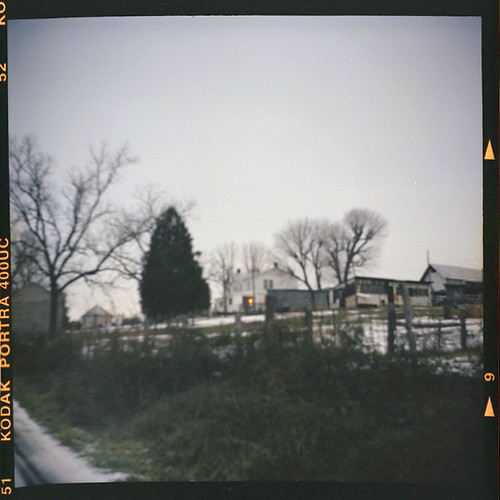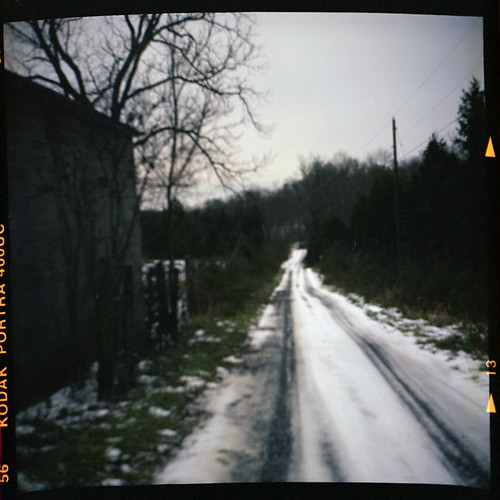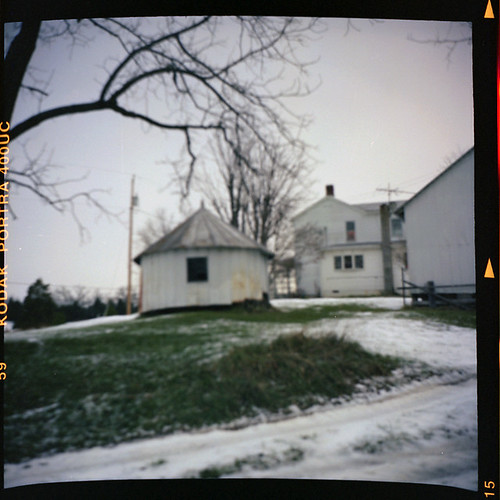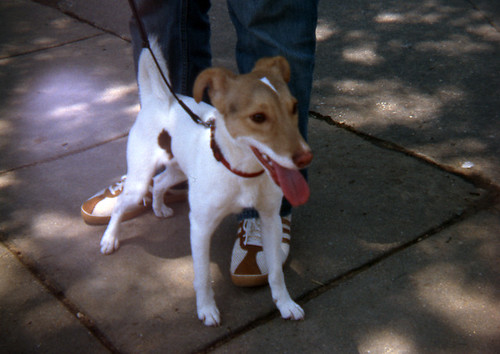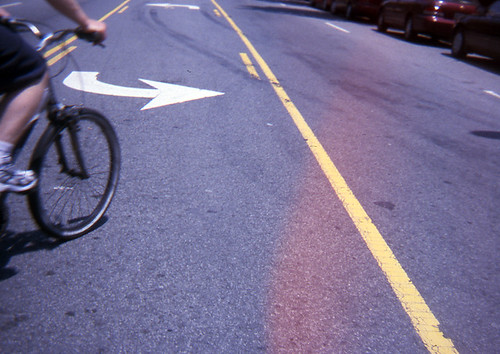Regaining Your Photo Mojo with Cheap, Quirky Cameras
Published on .
Illustration courtesy of Ali Felski.
I love my Canon 40D. I really do.
It’s a fantastic piece of 21st century photographic technology. I can go shooting, pack hundreds of photos onto a memory card, and immediately enjoy the results. As a consequence, I’m less thoughtful about what I shoot. It’s shoot, check, re-shoot, check, move on. Unfortunately, I’ll find I’m crippled by indecision in selecting “the shot” from three, five, ten captures of the same scene. There’s too much choice!
If you’re also suffering from technologically-induced malaise—never fear! There is hope. In this article, we’re going to take a step back in time and revisit three cameras that will re-inject fun (and mystery!) into your photo-taking adventures.
Lubitel-166 Universal
First up is the Russian-made Lubitel-166 Universal. Manufactured in Soviet-era Leningrad, this medium format twin-lens reflex LOMO is the most expensive of the three cameras we’ll be covering.
I’ve no idea what sort of crazy KGB spy missions my Lubitel might have dutifully observed, but the first thing its new owner did was drop it. The accident knocked the two lenses’ gearing out of whack which, as you will imagine, made accurate focusing impossible. (For those unfamiliar with twin-lens reflex cameras, the upper lens, used for focusing, is geared directly to the lower lens, used for exposure.) Never dismayed by my own clumsiness, I confidently loaded the down-but-not-out Lubi and set out into the winter night’s chill.
The long-exposure photos I took that first night out were, on the whole, out of focus. Considering the subject matter, though, the soft focus enhanced the ethereal nature of the scene.
This marvel of Soviet optical engineering, despite my reckless handling, performed well even in the dead of night in the harshest of winter. I’d recommend giving this camera a try as a first foray into “cheap” photography. Its wide range of controls will be familiar to anyone comfortable shooting in manual mode on her DSLR.
For more great (and mostly well-focused) Lubitel photos, check out the Lubitel group on Flickr.
Holga 120
The Holga, a cheap, Chinese-made medium format camera, has soared in popularity in recent years. The toy camera’s resurgence may be attributed to its cheap construction and availability. Photos often sport light leaks, blurring, and vignetting. Each Holga has its own problems—ahem—personality. My Holga, for instance, is largely devoid of light leaks but is quite prone to vignetting and blurring.
Shooting with the lightweight Holga is very simple compared to the Lubitel (with its wider range of features). Holgas typically have two exposure modes (“normal” and “bulb”), two aperture settings (“sunny” and “partly cloudy”), and focal adjustment from three feet to infinity. None of these controls, mind you, are incredibly accurate.
Unlike most cameras, Holgas have no automatic ratcheting to force the film to the next frame. (In normal operation, you would wind the film until a number appears in the window on the camera’s back.) This manual film advancement trait can be used to create some killer panoramas or other great multi-exposure scenes. Try pulling that off with your fancy DSLR!
There’s a very active Holga community on Flickr with many great examples of what’s possible with this camera.
Yumeka DX-3
The final and most mysterious camera is the Yumeka DX-3. This one is a simple, compact Taiwanese 35mm with several aperture settings (f/8, f/11, and f/16) and automatic exposure metering. I snagged mine at a flea market in West Virginia for the lowly sum of $1. Google knows surprisingly little about this camera (quite strange considering it’s, ya know, Google).
Still, this camera is exciting to use and is incredibly quirky. First quirk: a faulty shutter button. When I encountered this eccentricity, I was rightly upset. I’d snapped a photo and couldn’t advance the film: the camera wasn’t yet convinced I’d taken a photo. No choice but to force a double exposure. Crappy first-time experience, but the second time it’s art! A useful trick once you get the hang of it.
The Yumeka (like the Holga) leaks light like a champion. The film door itself is far from securely latched shut (nothing a little electrical tape can’t fix, of course). The leaks are unpredictable, but they also add a stroke of intensity to your captures. As with any cheap flea market camera, you get what you pay for (and that’s not a bad thing).
Caveat Emptor
The cameras covered here are cheap, prone to manufacturing aberrations, and—yes—may just expose your film to broad daylight if you’re not careful. But! They are unconventional, fun to use, and are a welcome departure from the trappings of modern digital photography.
“But Jason,” you say, “I can totally Photoshop light leaks and add vignetting already. Why would I waste time shooting and developing film?!” To you, dear reader, I say this: That’s part of the fun.
By giving yourself a break from technology, embracing serendipity, and throwing caution to the wind, you’ll find your creativity refreshed. Thanks for reading and please share your great cheap camera stories in the comments!
